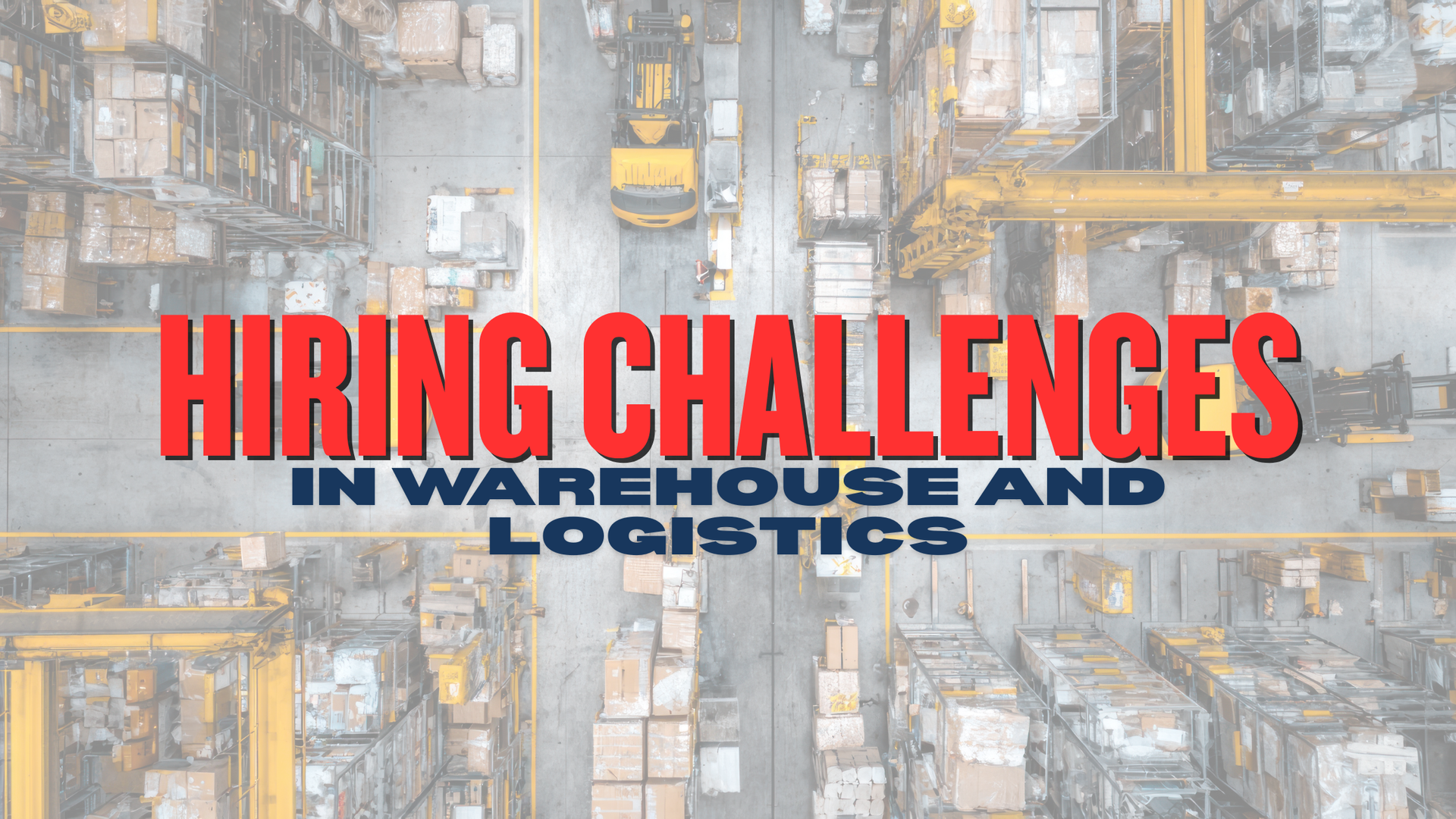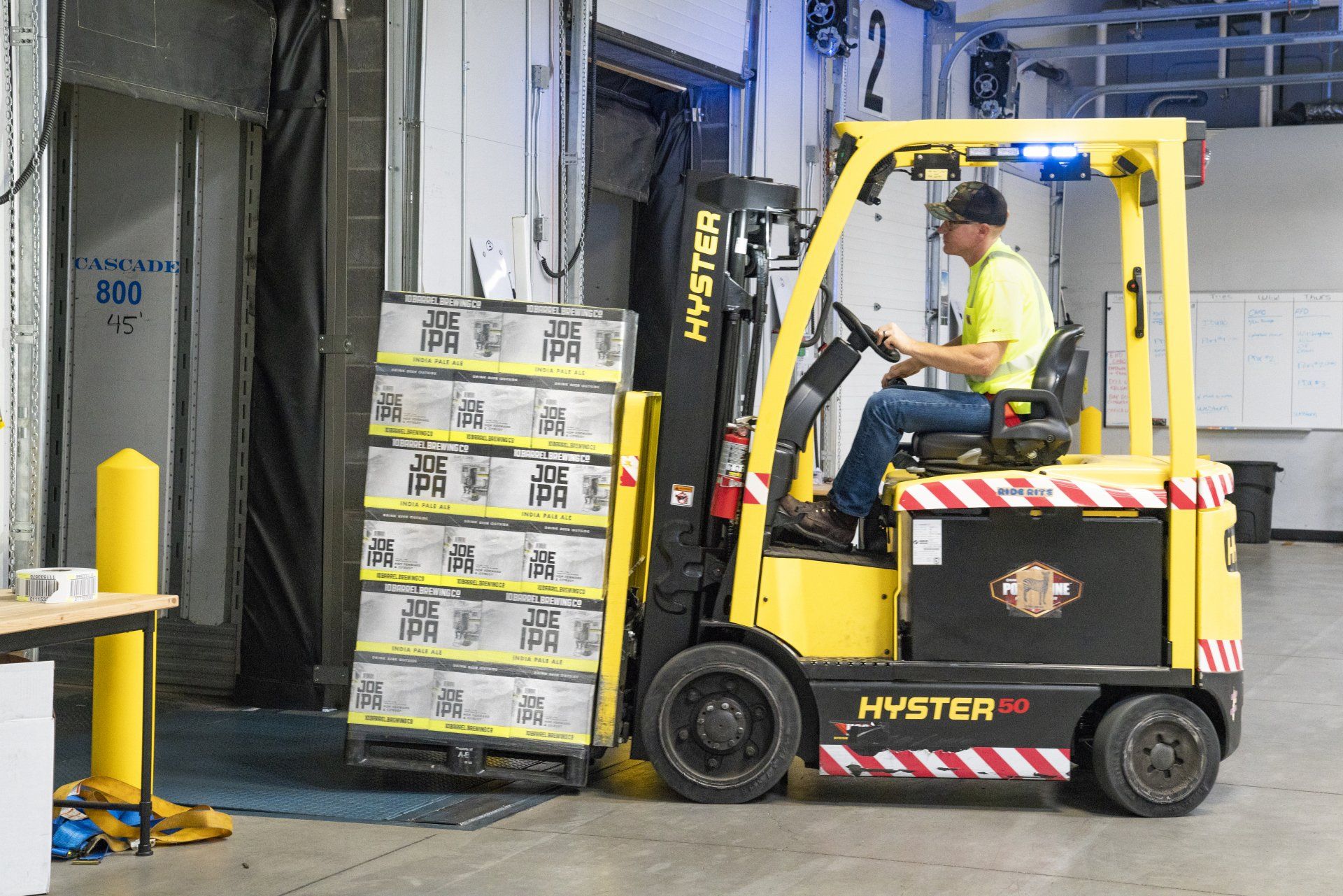Can Posting This On Social Media Really Get You A Job?!
Social media has become as addicting as coffee. It is now easier than ever to connect with people all around the globe. Your social media is your online identity meaning anyone in the world can get to know you within a matter of minutes. Just like celebrities use the sites to market themselves to their fans, us regular people can utilise it in the same way. Think of it as a first impression for anyone who sees your profile before meeting you in person.
Surveys conducted by 'CareerBuilder' in 2018 showed that 70% of employers look at candidate’s social media before hiring. It has become a more common tool used when recruiting employees. Instead of just seeing the information that is on your resume, it gives them an idea of the actual person you are. Which, for some people, could be a bit concerning.
Many articles have outlined that you should not do so many things on your social media accounts. These include posting offensive content, criminal behaviour and inappropriate photos. It is about time that we start to look at social media as an amazing tool that can help you better your employment chances. There are so many key points recruiters look for when digging through your profiles if you're looking for full-time, part-time and casual work. If you know what these are, the better your chances are of impressing them. So, I present to you, a list of how you can improve your employment chances through social media.
Know Your Industry:
No matter what industry you are in, all recruiters look for specific skill sets when hiring an employee. For some industries, a skill set could be the ability to successfully run a specific social media account. For example, the Fashion Industry may look at a potential candidates Instagram or Pinterest where the Journalism Industry may look at someone’s twitter. For those of us working in other roles that don't require that much creativity, employers tend to look at two platforms. Facebook and LinkedIn.
For those who don't know, LinkedIn is a social networking tool made to connect the business community. In simple terms, it is a tool to connect you with potential employers, which is why everyone should have an account. It is a great alternative to show off your work history instead of using a resume. Alongside SEEK and Indeed, it has also become a great resource to search for a job. If you do not have a LinkedIn account I do recommend making one as this is a social media almost every industry looks at.
Boast About Your Achievements:
What is the point of having a social media account if you can't flaunt your achievements? This is exactly the right place where you should be loud and proud of your accomplishments. Not just so you can rub it in your old school rivals face, but because it is what employers are looking for. The same survey conducted by CareerBuilder found that 37% of employers look for your qualifications and 26% are looking for any awards you have received when going through your social media. These achievements could include a wide variety of things. If you have graduated from a course, got a promotion or even if it was being the employee of the month. The best way to create a post about your accomplishments is to recognise your achievements in a way that does not put anyone else down. For example, a great way to share that you received a promotion at work would be to write:
'What a great feeling it is to have all of your hard work recognised. I can proudly say that I am now the 'Insert New Job Title Here' of 'Insert Company Name Here'!
You can also attach a photo of you at your desk, with the boss or just looking accomplished. This type of post will show how professional you are and how well you communicate. Which is great as the same survey showed insight that a whopping 50% of employers are searching for a professional online persona. This type of post also shows a great sense of sportsmanship and leadership as it does not bring anyone who didn't receive the promotion into it. Who would have known just one simple post could show so much to a potential employer?!
Industry Related Posts:
Sharing posts about topics such as 'funny animal fails' are common on social media. In regard to a job search, sharing these posts should not do any harm (unless it is violent or inappropriate). What it will do is show an employer your sense of humour which hopefully fits in with the company’s culture. Although these funny posts may make your friends laugh, a great habit we should all start getting into is sharing ones about the industry you work in. The survey showed that 34% of businesses look for industry related posts on your social media. Not only does doing this showcase your passion for the industry but also proves that you have some knowledge of it. For anyone wanting a career change, this may be a handy little trick to do to bump up your chances of getting a job in a new industry.
Interact with the Company’s Social Media:
Before an interview, you always want to know a bit of knowledge about the business. A great way to do this is to go through their website and social media accounts. Here you will find out what type of business they are, their culture, brand and what is happening with them right now. Going and liking/following all their accounts may be what put’s you over the line and win you that job. The survey says that 22% of employers look to see if you have interacted with their social media accounts. Try posting some positive comments, reactions, shares and tags to let them know you are already invested in their business.
Lastly, but most importantly, some employers are looking for a very specific thing. The survey states that 22% of employers
are looking for a reason NOT to hire you. To give them absolutely NO reason NOT to hire you, try combining these tips with the ones in articles about 'What Not to Do on Social Media’. If you follow these guides, you should have your social media accounts spick and span for your employers to rummage through. Hopefully, at the end of their stalk, you'll be the perfect candidate.










